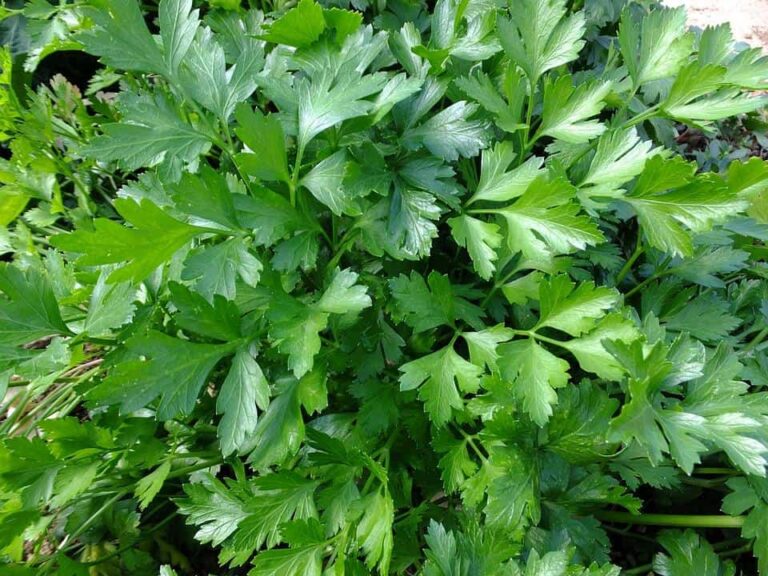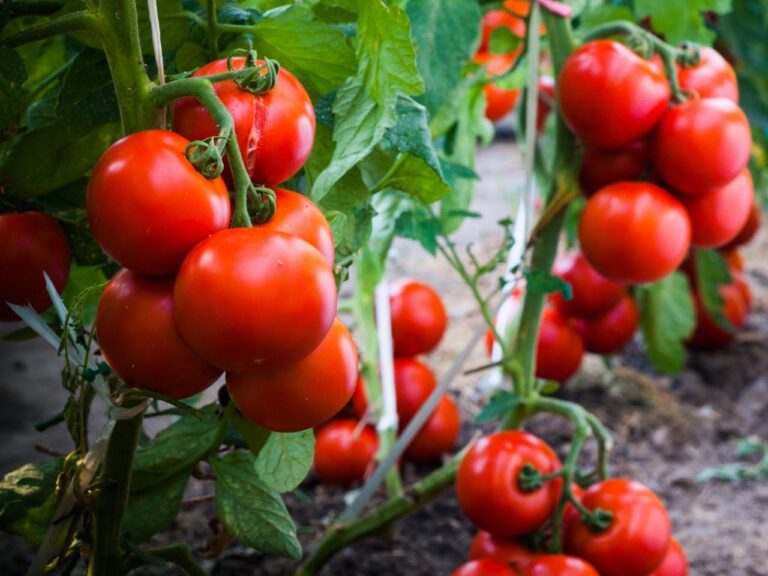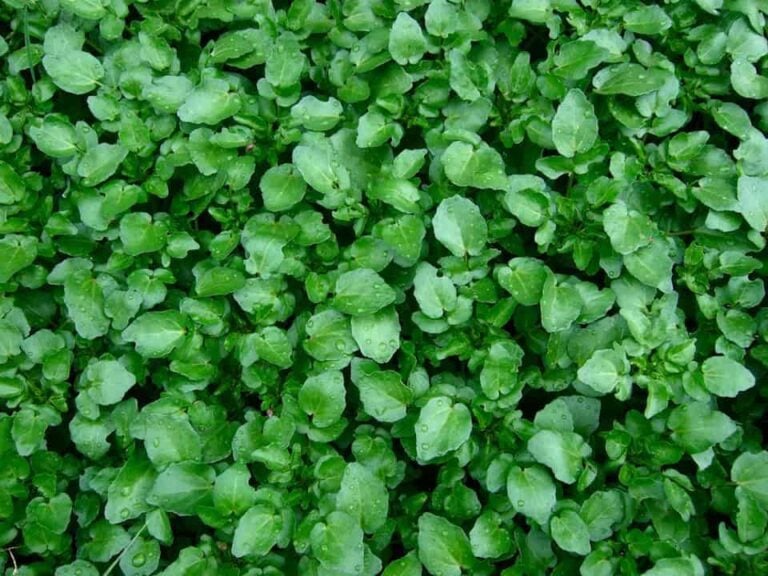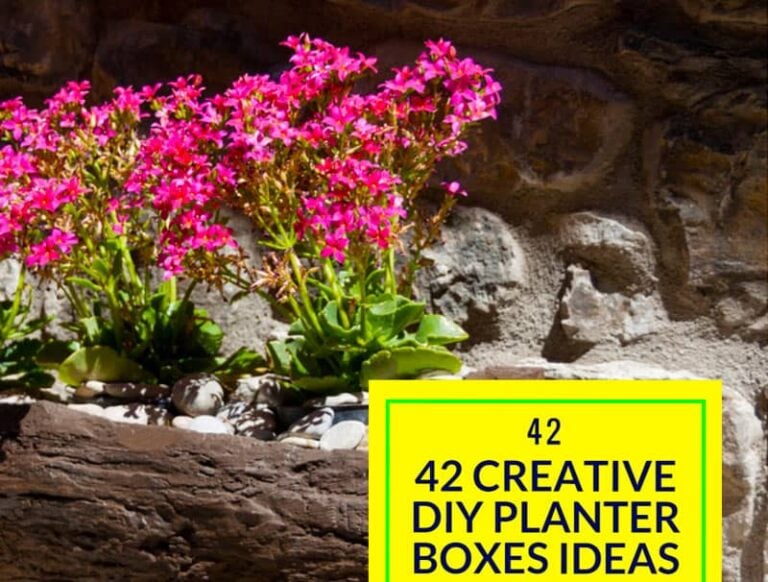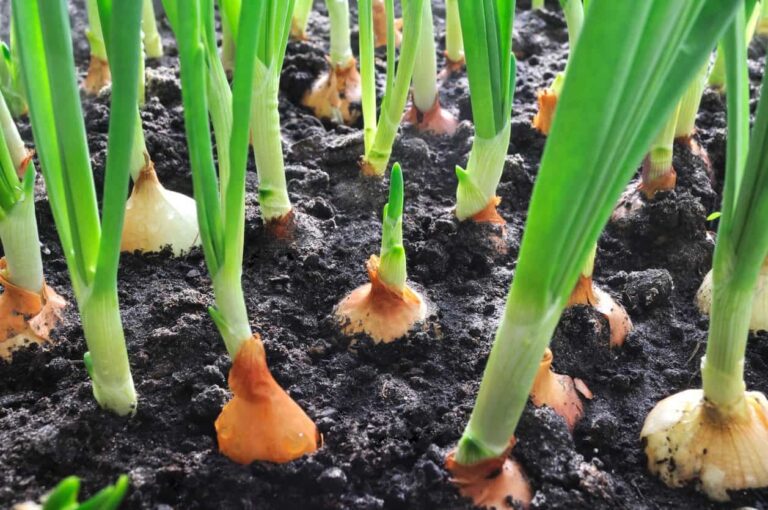How-to Guide for Growing Basil
Basil needs lots of sun, moisture, and warmth to grow. The plant does best when temperatures are above 50 degrees F and when it can get up to eight hours of sunlight per day. You can grow basil either in the ground or in a container, depending on how much space you have in the garden. One benefit of growing basil in your garden is that you get to choose from a range of varieties, which might not be available in the supermarket, including purple basils, Thai basils and citrus flavored basils.
Choosing a Basil Variety
Although you might be most familiar with the green, flat leafed basil used to make pesto, there are actually many different types of basil available for growing in your garden. Different basil varieties have a different flavor profile, different growth habits and in some cases, different needs.
If you plan on growing basil to use to make pesto or for dishes that call for a distinct, classic basil flavor, your best option is to plant the “Genovese” variety, which produces green leave with a traditional basil taste. “Classico” varieties produce similar tasting leaves, but aren’t from Genoa.
Some basils have a lemon, lime or other citrusy flavor. “Mrs. Burns Lemon” and “Sweet Dani” both produce leaves that taste like lemon while “Lime Basil” has green leaves with a distinct lime taste and scent.
If space is at a premium in your garden and you want to grow a strongly flavored plant that has a small footprint, try a variety such as “Spicy Bush,” which usually grows to about a foot high and produces smaller leaves with a spicy flavor.
Some types of basil look better than they taste. “Purple Ruffles” are a deep burgundy color, often with green streaks. The leaves have a subtle flavor, although they are very eye-catching in the garden.
If you prefer the flavors of Asian cuisine, it can be worth growing “Thai Basil” in your garden. The plant’s leaves have a strong anise flavor and are often used in Asian dishes such as curry and pho.
The video from the Urban Patio Gardener shows you a number of different varieties of basil, including purple, sweet green and Thai basil. The video also shows a creative way to plant basil in containers, using upcycled materials.
Planting Basil
You can grow basil from seeds or from transplants you purchase at a garden center. One rule of thumb to remember when planting basil is not to plant to early. Basil doesn’t like cold and won’t grow well when temperatures are below 50 degrees Fahrenheit, according to the Old Farmer’s Almanac. For that reason, you want to wait until a few weeks after the last frost date in your area to plant basil outdoors.
You can get a jumpstart on the season by starting basil from seeds indoors. Start the seeds inside about six weeks before the last frost in your area. Fill small seed starting pots with container mix, then plant one seed per pot. The seeds should be planted about a 1/4 inch deep.
Since basil needs full sun to grow, you’ll want to put the pots under a grow light or in a window that gets a lot of sun.
Direct sowing the seeds in your garden after the danger of frost is past is even easier way to grow basil. Scatter the seeds across the growing area, then cover with 1/4 inch of soil. Thin the plants to stand about a foot apart once they are about two or three inches tall.
If you are transplanting seeds you started indoors or seedlings you purchased at a garden center, space each plant about a foot apart when planting in your garden. You can also plant basil in containers.
The video from MI Gardener walks you through the process of planting basil in a container, from choosing the right container to getting the plant into the pot.
Caring for Basil
Basil needs sun, water and food to grow and thrive. Plant basil in a spot that gets about six to eight hours of sunlight daily. If you live in a very hot area, you might consider planting basil in a slightly shaded area, so that it doesn’t overheat.
Keep your basil plants well-watered. The soil should stay moist, but not soggy. The plant’s growth can be stunted if it doesn’t get enough water, according to Bonnie Plants. If you’re growing basil in a container, you’ll want to keep a close eye on the soil’s moisture, since containers tend to dry out more quickly than in-ground soil.
How much food your basil needs depends on where it is growing. Plants grown in the ground can be fertilized just once or twice during the season. Basil grown in containers will most likely need more food. You’ll want to fertilize container grown basil every four weeks or so, according to the University of Minnesota.
Pruning and Harvesting Basil
You can begin to harvest basil leaves as soon at the plant is a few inches high. Harvesting the leaves will help you shape the plant and will encourage it to produce more leaves.
Don’t pluck the leaves off of the basil plant or you’ll end up with a stripped bare stem. Instead, pinch the stem of the plant just above a set of leaves, so that the plant is able to grow back.
In the video above from Garden Answer, the gardener shows you how to prune and harvest basil. She also explains why you want to harvest and prune your plants, to help control their growth and keep the plants from growing tall and lanky.
Once you’ve harvested basil, you can use the leaves in cooking right away or place the stems in a glass of water on your counter. The water will help the leaves keep for a few days, so that you can use them later on.
Often, putting basil cuttings in a glass of water will cause the cuttings to develop roots. If that happens, you can still use the leaves for cooking. Alternatively, you can plant the rooted cutting and get yet another basil plant in your garden.
Basil is an annual plant, so it will die once the temperatures get too cold to sustain it outdoors. That’s OK, because you can easily start the crop again from a new set of seeds of seedlings next spring.
Photo by Avi licensed under CC BY-SA 2.0

